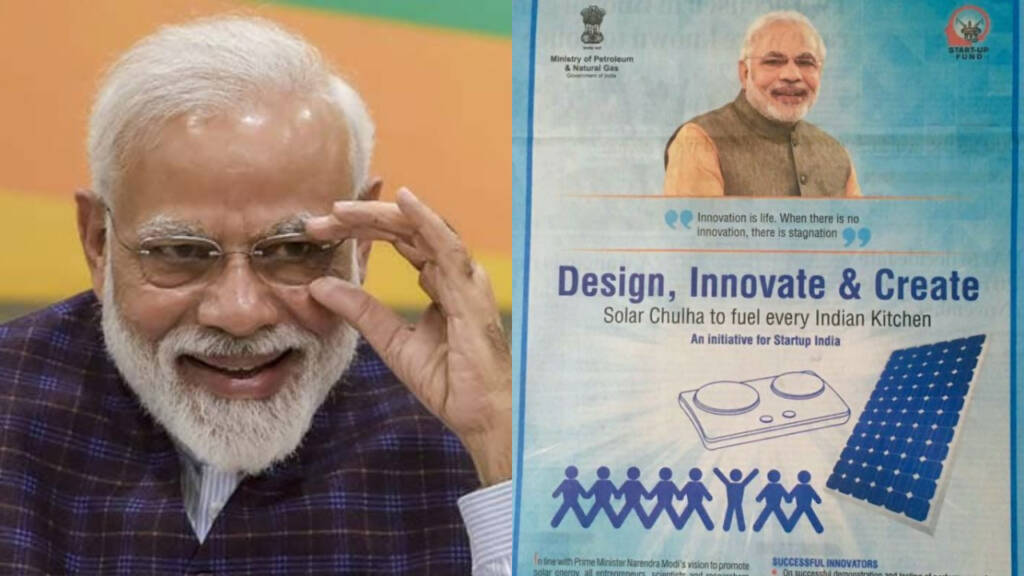In a major push for Aatmanirbhar Bharat in the energy sector, the Modi government will push the use of electricity in cooking. India became a power surplus nation back in 2019, thanks to increased capacity in electricity generation through coal and solar. The country has a total installed capacity of more than 374 GW while demand is consistently lower than that.
At the same time, India imports petroleum and natural gas worth more than 100 billion dollars every year. The primary use of petroleum is for transportation while that of natural gas is for cooking. If the people of India start using electric vehicles at a large scale and the households use electricity instead of LPG for cooking, billions of dollars of foreign exchange can be saved every year.
Moreover, the Modi government’s push for electricity for vehicles and cooking will not only make India Aatmanirbhar in the energy sector and save billions of dollars every year, but it will also prove to be an environmental-friendly alternative to fossil fuels. In the next few years, the majority of electricity generation in India would be solar-based and therefore, the Indian electricity would be pure of energy resources like coal.
“Electricity is the future of India and most of its infrastructure will be powered by electricity. The Government has envisaged Power Foundation to be formed at the Ministry’s level, including cooking to completely run on electricity, which will allow our economy to be self-reliant and give us independence from imports. This government is for the poor and this move will help the poor strata of the society by giving them access to the cheaper medium of cooking,” said R K Singh, the Power and Energy Minister in the Modi government, in September.
In 2020, the total consumption of LPG surpassed Petrol consumption due to rising use of cooking gas. As per a report by Bloomberg, 27.41 million tonnes of LPG was used in India in 2020, which is 4.3 per cent higher compared to 2019. While the consumption of petrol was 23.27 million tonnes, which is 9.3 per cent lower when compared to 2019.
“Despite Covid-19 causing a major slowdown in the world economy, LPG imports into India have grown in 2020,” said Sam Sng, a Singapore-based analyst at industry consultant FGE.
Every year India foots the bill of more than 100 billion dollars on fossil fuel imports, which accounts for almost one-fourth of India’s total imports. If the bill of the import of fossil fuel could be reduced to zero using the Modi government’s proposal, India would easily become a net exporter, like China.
Moreover, the prices of petroleum and natural gas are highly volatile and depend on the geopolitical conditions in the Middle East. A slight rise in the oil prices becomes big concerns for the Modi government because it not only increases the import bill but also contributes to inflation. If India becomes Aatmanirbhar in the energy sector, this would be a huge relief for the Indian government economically and politically.
Therefore, the Modi government is pushing for greater use of electricity in every walk of life – whether it is cooking or as a fuel for vehicles. With the falling prices of electricity generation through solar energy, thanks to India’s unique geographical location, India can not only power the country but also export it to the neighbouring countries. So, from being a net importer of energy, India would be very soon become a net exporter if the push for higher use of electricity in cooking and vehicles succeeds.
